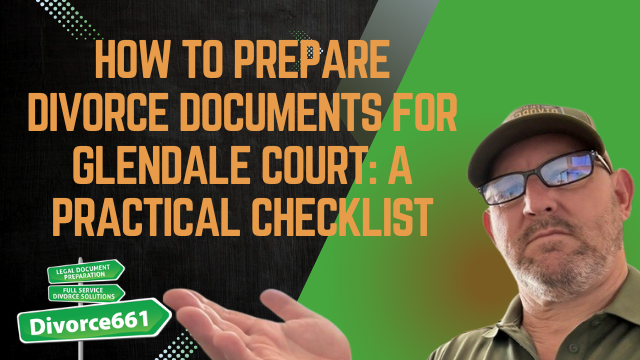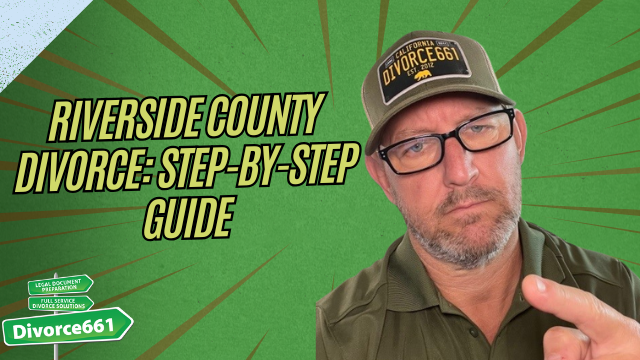How to Handle Spousal Support in a Glendale Divorce
Spousal support can feel like one of the toughest decisions in a divorce. In Glendale and elsewhere in California, the process is straightforward once you understand the two main types of support, how courts and practitioners calculate amounts, and when couples can agree to waive support altogether. This guide breaks down the essentials so you can make a practical, informed decision for your situation.
Two main types of spousal support
California divorces generally involve two distinct kinds of spousal support:
- Temporary spousal support — A short-term solution designed to maintain the status quo while the case is pending. It helps cover living expenses until a final agreement or judgment is reached.
- Long-term (or permanent) spousal support — Considered at the time of final judgment and depends on broader factors like the length of the marriage, income differences, and the standard of living established during the marriage.
How temporary support is calculated
Temporary support is often calculated using a software tool called Dissomaster. Dissomaster runs the numbers based on each spouse’s income, deductions, and custody arrangements to produce a suggested monthly payment. The goal is not to determine the final long-term arrangement but to keep both parties financially steady during negotiations or court proceedings.
Because it is intended to be provisional, many amicable couples choose a different route: rather than seeking a temporary order, they negotiate and document final support terms up front. This can save time, reduce cost, and avoid court hearings.
When couples choose to waive spousal support
Waiving spousal support is a legitimate option when both parties agree that a clean break is the best outcome. Common reasons couples waive support include:
- Both spouses are financially independent or have similar incomes.
- One spouse accepts a larger share of other assets in lieu of ongoing payments.
- Both parties prefer finality and want to avoid the administrative burden of future modifications.
When a waiver is negotiated, it must be clearly documented in the divorce papers and approved by the court to be enforceable. Proper documentation prevents future disputes and gives both parties certainty.
“Their agreement was a testament to mutual understanding and respect.”
That line sums up what can happen when a couple communicates and negotiates in good faith. A Glendale couple recently did exactly that: despite one spouse earning more, they mutually agreed to waive spousal support, had the agreement drafted and filed, and received court approval without hearings or conflict.
What courts consider for long-term support
Long-term support decisions are more nuanced. Judges look at multiple statutory factors when determining whether support is appropriate and, if so, how much and for how long. Some commonly considered factors include:
- Length of the marriage
- Each spouse’s income and earning capacity
- Age and health of the parties
- Contributions to the marriage, including homemaking and child care
- The standard of living established during the marriage
- Any documented wasteful spending or dissipation of assets
These factors allow the court to fashion an order that attempts to be fair given the parties’ circumstances. If you’re negotiating an agreement, addressing these elements up front makes approval more likely and reduces the chance of future disputes.
Practical steps if you’re facing spousal support decisions
- Gather financial documents: pay stubs, tax returns, bank statements, and any records of expenses.
- Decide whether you want a temporary order or prefer to negotiate final terms right away.
- Use Dissomaster or a qualified professional to model temporary support if needed.
- Negotiate with an eye toward clarity: specify amounts, duration, termination events, and tax treatment.
- Put the agreement in writing and file it for court approval to make it enforceable.
How to make the process smoother
Clear communication and proper drafting matter. When support terms are well-documented and realistic, the court is likely to approve them without hearings, which saves time and money. Many couples benefit from an experienced, flat-fee service that handles calculations, prepares the agreement, and files the paperwork remotely.
Key benefits of a streamlined approach:
- Consistency and accuracy in calculations
- Reduced need for court appearances
- Lower cost compared with prolonged litigation
- Faster finality and less emotional friction
Next steps
If you are navigating spousal support options in Glendale, consider getting a consultation to review your finances and goals. Whether you need a temporary order calculated with Dissomaster, help drafting a waiver, or a final support agreement that stands up to court scrutiny, thoughtful planning will protect your interests and lead to a cleaner resolution.
Document your decisions, focus on clarity, and seek services that offer accurate calculations and court-compliant paperwork—preferably with flat fees and remote handling if you want to avoid extra court visits.
When both parties approach support with fairness and transparency, the divorce process becomes less adversarial and more manageable. That’s the outcome most people are hoping for.









